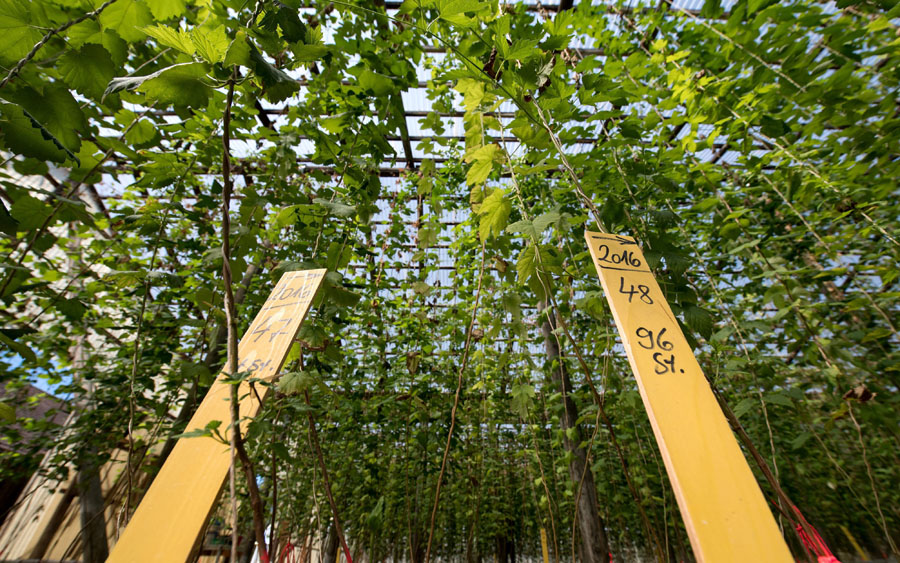Proposed rules limiting home marijuana growers to four plants, each no more than a metre tall, are “ridiculous,” a Colorado-based cannabis seed expert says.

The Liberals’ Cannabis Act, introduced in April, bars people from growing more than four plants at a time for recreational use, no matter how small.
But people growing plants from seed will need to cull out the male plants, and it isn’t possible to tell the difference between male and female seedlings until up to a month and a half after they’ve sprouted.
“You can get them to display sex between 35 and 45 days from seed,” says Ben Holmes of Centennial Seeds, a cannabis seed producer in Lafayette, Colo.. “Now, you’ve invested 35 to 45 days, plus the seed is very expensive. They’re in the $8 to $9 per seed range. It’s an expensive experiment, to grow a plant and not know if it’s male or female for a month and a half in, plus the costs of the seeds.”
READ: Why home marijuana cultivation will be a headache for regulators
It might seem to make more sense to start eight or 10 seedlings and later cull them back to four healthy females, but that would be illegal.
There’s a not insignificant chance that the four legal seedlings would all be male, but the grower wouldn’t find that out for weeks after planting.
“The rules have boxed that individual in where he has to start over again.”
“They certainly shouldn’t be limited to four plants from seed — that seems silly.”
‘Feminized‘ seeds, which guarantee a female plant, are available, “but it’s not reliable and it also diminishes the yield,” Holmes says. “It’s a very severe inbreeding step that you take to make those seeds.”
READ: Smelly, fussy, humid: Why you may not want to grow your own legal pot
The proposed law seems arbitrary, but severe penalties may motivate people to pay attention: violators could get six months in jail and a $5,000 fine, or 14 years in prison, depending on how the prosecution decides how to handle the case. (Ctl-F in the proposed Cannabis Act for ‘cultivation’.)
The rule might open a business niche for cannabis nurseries selling guaranteed female plants, Holmes points out. Or, he says, the problem could be solved more simply by exempting young plants.
U.S. states that have legalized recreational marijuana have handled home grows differently. Colorado allows six plants per person, with half flowering at any given time. Alaska’s rules are similar. Some Colorado municipalities limit the number of plants per household; Denver, for example, limits homes to 12 plants. Washington state, however, bans home recreational growing.
READ: How many pot plants Canadians will be allowed to grow
Home growers in Oregon have been known to cultivate enormous marijuana plants to get around that state’s four-plant limit.
Canada’s rules, if they became law, would be the strictest among North American jurisdictions that allow legal home grows.
Holmes calls the one-metre height rule “ridiculous.”
READ: Planning to grow legal pot? Check real estate rules first
“Human beings are cagey little monkeys, and the first thing they’ll do is grow the plant and keep it from getting more than a metre tall. They’ll lay out a trellis, and they’ll weave it through the trellis like an espalier or something to keep it flat.”
If forced to comply with a one-metre rule, Holmes would choose a shorter plant, like the indica variety, grow it up toward a flat mesh like the nets used for growing hops for brewing beer, and not let it get above the level of the mesh.
“You run it across a support, usually wires or posts, and it would create a tabletop of six-inch mesh with giant holes, and as the plants come through it you use that as a support. As they come up, you weave them back down, and pretty soon you have this big flat plant.”
The maximum height limit was one of the recommendations in the federal cannabis task force’s report, but it wasn’t explained or justified.




Comments